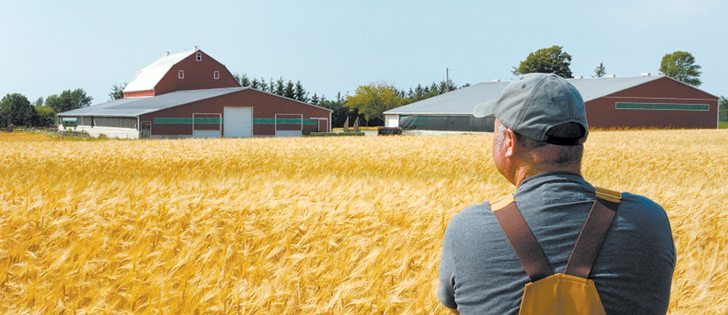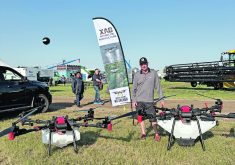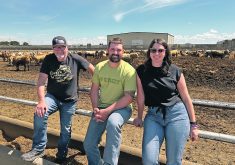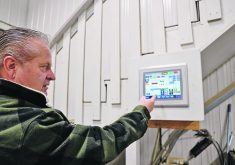The 2011 Census of Agriculture, released in stages between 2011-14, pointed to several demographic trends:
PINCHER CREEK, Alta. — In his law practice, Travis Bissett has seen many cases of farm succession go horribly wrong.
Fortunately, he has also seen many resolved in a satisfactory way, just as the farm owners want.
He prefers the latter scenario, and so he was one of four people who offered expertise at a series of southern Alberta farm succession seminars in early February.
“I like the happy ones,” said Bissett about situations where farming children gradually take over the reins from their parents using the various legal and tax tools that are available.
Read Also

Bunge’s crop mix is changing
Bunge has predominantly been a soybean processing firm, but that’s about to change after the merger with Viterra with softseed processing and grain merchandising gaining ground.
There are four other stories in this Strategies series:
- Following key steps makes planning easier
- Price of a lifetime
- Incorporation may offer one solution to succession
- The soft side of selling: letting go of the farm
Bissett, who works for Stringham LLP, teamed up with colleague Stephen Mogdan, with tax specialist Rebecca Sanford of Young Parkyn McNab LLP and financial adviser Don Strankman of Laurie Kenna and Associates.
Together they presented six seminars in which they outlined the options available for farm succession and the potential tax implications for each.
Sanford said there are numerous options for planning, and farmers should be aware of all the choices.
“There are a number of different mechanisms that are only available to the farming community because it’s recognized that we need these farms to continue on from generation to generation,” she said.
“I think that makes it easier for the planning because you have more tools in your estate planning tool kit. You can really customize the estate plan that’s going to work for the individual, for the family unit, with what they want to achieve.”
However, she said initiating and then developing a plan is key. Without one, the wishes of the farm owners may not be achieved. As well, survivors may be saddled with crippling tax burdens.
“One of the most common plans that we see is the do-nothing plan,” she said.
That’s the one with the biggest potential for tax liability for the survivors.
The second most popular plan is one that transfers everything to the surviving spouse. For some that is a valid option, but leaving a spouse with all the decisions can put that person in a difficult position.
“Doing nothing or deferring it to your spouse can cause more problems than maybe you intended to have happen,” Sanford said.
Strankman recounted what happened when his father left the land to him and his brother, while his two sisters received money.
“What was forgotten was the tax bill,” said Strankman.
The capital gains taxes were borne by the brothers.
“Trying to farm while you stroke a huge cheque to Revenue Canada was a terrible experience.”
He said a good succession plan can limit the tax burden.
The seminar leaders outlined the merits and disadvantages of proprietorships, partnerships and corporations.
The central message is that a farm succession plan can be tailored to fairly exact specifications.
“If people could just understand that ownership is a bundle of rights and you can unpack those rights and distribute them in different ways that address everyone’s interests,” said Bissett.
Contact barb.glen@producer.com
Agriculture in numbers
The 2011 Census of Agriculture, released in stages between 2011-14, pointed to several demographic trends:
- Farm operators older than 55 made up 48.3 percent of farmers in 2011 compared to 40.7 percent in 2006.
- There were 213,265 male farmers (72.6 percent) and 80,665 female operators.
- Canada had 205,730 farms, down 10.3 percent (23,643 farms) from the previous 2006 census.
- Between 2006 and 2007, the average size of Canadian farms increased 6.9 percent from 728 acres to 778 acres.
- Saskatchewan farms grew the largest compared to other provinces, with a 15.1 percent increase to 1,668 acres.
Source: Statistics Canada
















